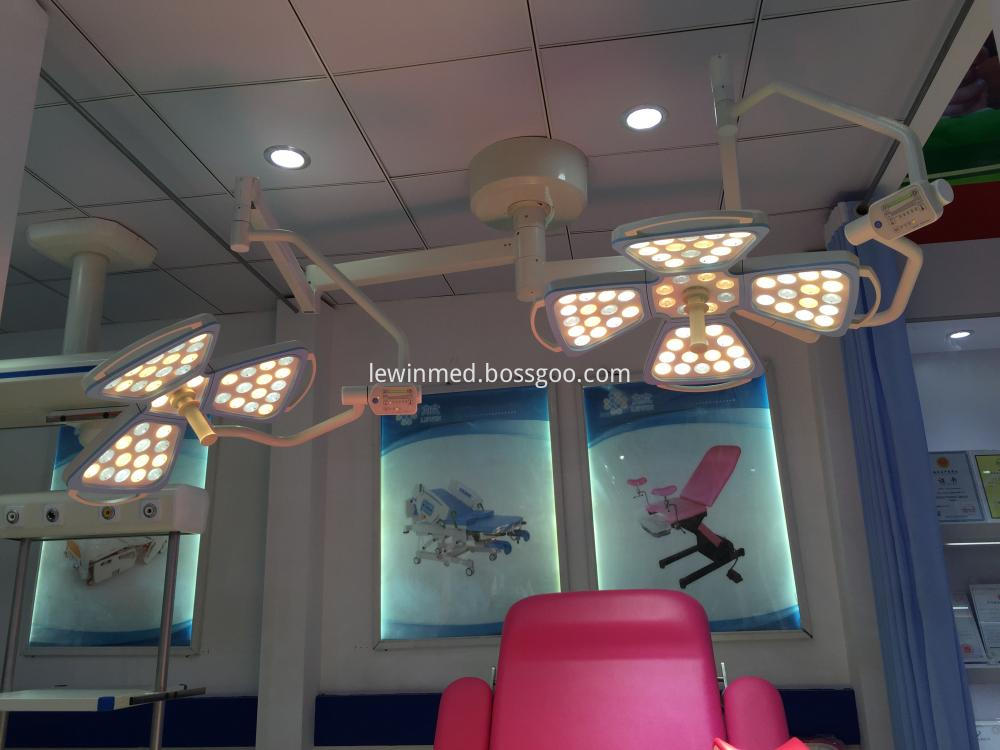When the soybean field is selected to use herbicides, it is safe for crops and difficult to produce. This is the first, followed by considering the control effect of weeds, that is, the control effect is better. Under the conditions with good control effect, the drug should be selected as much as possible. Lower fees. Weeds in soybean fields include grasses and broadleaf weeds. Gramineous weeds include: crabgrass, marmot, goosegrass, and setaria. Broad-leaved weeds are mainly redrooted twigs, cocklebur, iron leeks, colocasia, and purslane. According to the growth of weed species in the soybean field, the type of herbicide to be used is determined. For example, grassy weeds can be used as the main soil, and acetochlor, metolachlor, and isoproterenol can be used for pre-emergence soil closure; Fine quinoline, fluazifop, and flupirrazol are used for post-emergence stem and leaf spray. For example, the broad-leaved weeds in soybean fields can be used for pre-emergence soil closure with flufenoxan; fosfloxa pallidum, ethyl flufenazone, etc. can be used for post-emergence stem and leaf spray. In soybean fields where grass weeds and broad-leaved weeds are mixed, a single herbicide or a single agent with a different herbicidal spectrum should be used to compound grasses and broad-leaved weeds.
Determine the amount of herbicide used. Different herbicide species have different amounts of weed control in soybean fields. The use of alachlor is relatively high. In the northeastern spring soybean producing area, the effective amount per hectare reaches 2520 to 2880 grams, while the effective amount of chlorimuron-ethyl per hectare is only 15 to 22.5 grams, a difference of 128 to 168 times. The same herbicide species, the amount of it depends on the size of the weed, application methods, application of the environment (such as soil texture, organic matter content, soil moisture, temperature, the use of additives or not) and different. Under normal circumstances, the weeds have a large leaf age, and the application amount should be appropriately increased. When the pesticides can be used both for soil treatment and for stem and leaf treatment, the amount used for soil treatment is higher than stem and leaf treatments. Herbicides used for soil treatment should be increased in the amount of soil with heavy sticky texture, organic matter content, and low soil moisture; when stem and leaf treatment agents are used as stem and leaf sprays, when the climate is dry and the soil moisture is low, The dosage should be increased appropriately. The use of additives can also be reduced. In short, the determination of the amount of herbicide is one of the main factors related to good or bad control effect. If the amount is too low, the control effect is poor, but if the amount is too high, it will cause waste, and it may cause phytotoxicity to crops and increase the environmental impact. Pollution.
The flower type surgical lamp is designed at 2016, when it was been pushed into the market, it has good echo from the customers, because the flower type surgical lamp outlook is different with normal round types lamps, its outlook is just like a flower, it is very beautiful , also can add beauty in the operation room, the flower type ot lamp change the normal condition for baldness operation room style, can make doctor and patients feel much difference; for the flower type surgery lamps specification, it is almost same as round type surgical lamp, in the first year, it also has good selling;
Flower type surgical lamp also has three types, ceiling types which include single dome, double dome , with camera or without camera; wall type and mobile type flower operation lamp;


Flower Type LED Operating Lamp
LED Ot Lamp,LED Operation Lamp,LED Surgery Light,LED Surgical Light
Shandong Lewin Medical Equipment Co., Ltd. , https://www.lewinmed.com